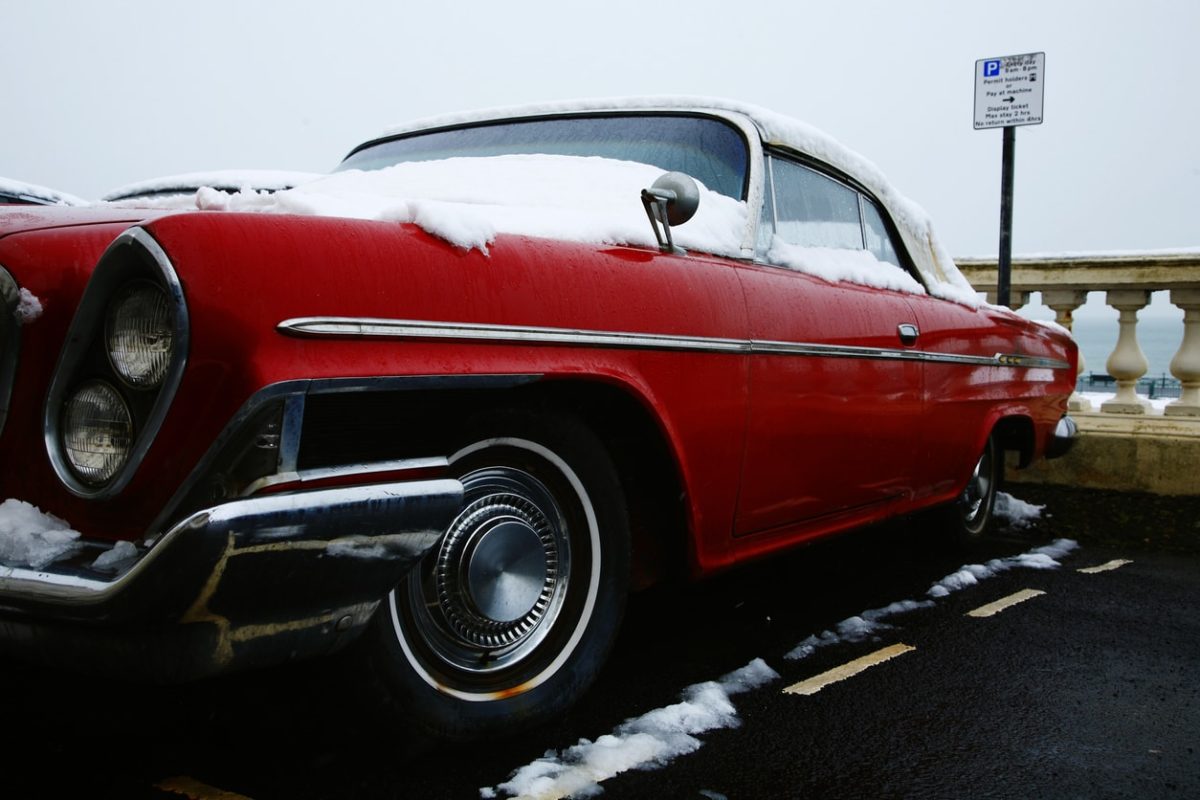
It’s no secret that owning and operating a classic car is a little more complicated than your average new or slightly used vehicle. Some people wonder if it’s even safe to take a classic car out at all during the winter, especially in states like New Jersey with heavy snows and low temperatures.
It’s always important to avoid extremely harsh weather conditions, but classic cars do benefit from being brought out regularly. During the winter, driving can be difficult, but obtaining New Jersey Classic Car Insurance and following a few simple tips, will allow you to enjoy the drive with peace of mind. If you’re looking to take your car out this winter, make sure to do the following first.
Give it a Check-Up
Give every component of the vehicle a thorough check to make sure that every section is in good repair before taking it out. One of the most important parts is making sure the tires aren’t flat or worn. Tread separation is dangerous any time of the year, but for the winter especially. Get tires that are designed to grip in icy conditions.
Protect Against Corrosion
Using a spray designed to prevent corrosion is particularly good protection against the risk of elemental exposure. The presence of moisture in the air can result in a variety of problems for the vehicle, especially if owners have never taken their car out during the winter before. A spray will help reduce the buildup of rust and deterioration on the vehicle. There are numerous options for this spray, and they are all designed to work well.
Warm the Car Up
Avoid overexerting the vehicle. Start slow to give the classic car a chance to really warm up and get the oil circulating. The slow warmth also allows the vehicle to burn off any condensation left behind by the cold air. If drivers do not run the engine long enough during their trips, then the sludge can build up within, and that would cause the vehicle to run less smoothly or even leave lasting damage on delicate parts. Idling alone will not cut it either, so drivers should be sure to begin at slow speeds to get everything heated evenly. By the time the heater is beginning to breathe warm air, the car will be ready to go up to highway speeds. This process usually takes about 15 minutes.
Clean
Even though drivers should always be looking for the driest winter days to take their vehicle out, there is no reason to risk corrosion damage from persistent puddles or muddy snowbanks piled beside roads. Owners should be sure to prepare ahead of time to rinse the dirt away, especially on the undercarriage, as this will help protect the car during drives. With a five-gallon bucket or two and a mitt loaded with soap, drivers can manually clean off most of the road’s grime very easily. The cleaning process involves wiping down the wheel wells and the engine bay. A quick spray along the undercarriage will loosen and free any particles that could create rust.
About Provident Protection Plus
At Provident Protection Plus, we have served the businesses and residents of New Jersey, New York and Pennsylvania for more than 65 years. We are a wholly owned subsidiary of Provident Bank, the region’s premier banking institution, and we are prepared to offer you personal, business, employee benefit, and risk management solutions. To learn more about our coverage options, contact our specialists today at (888) 990-0526.



